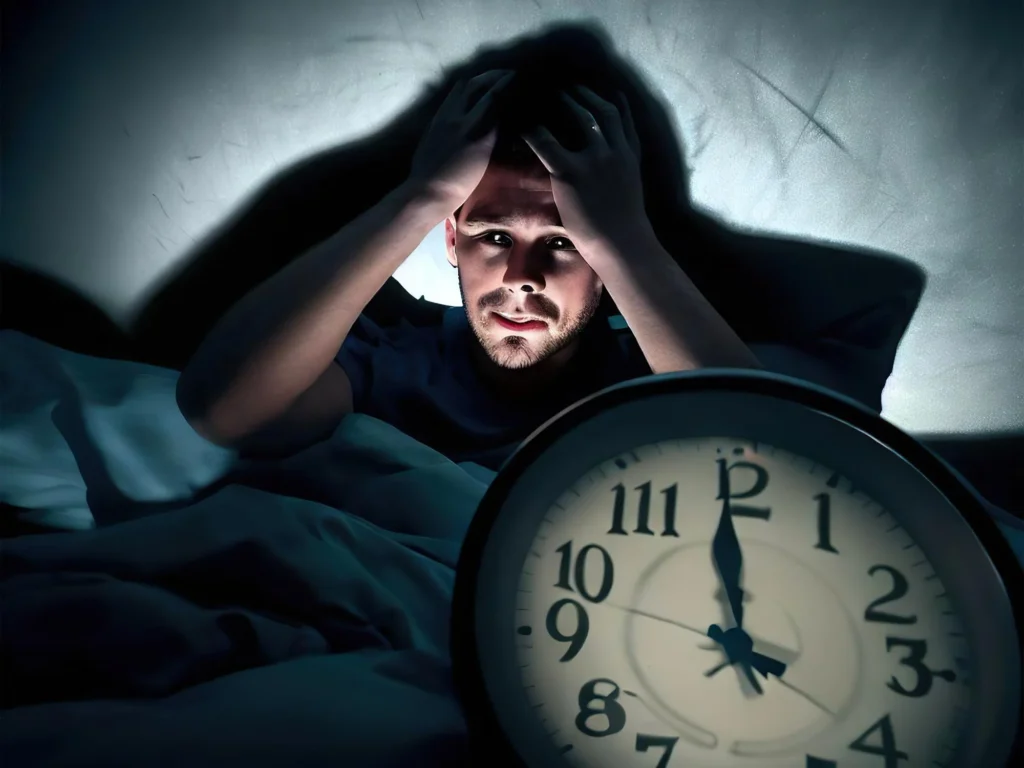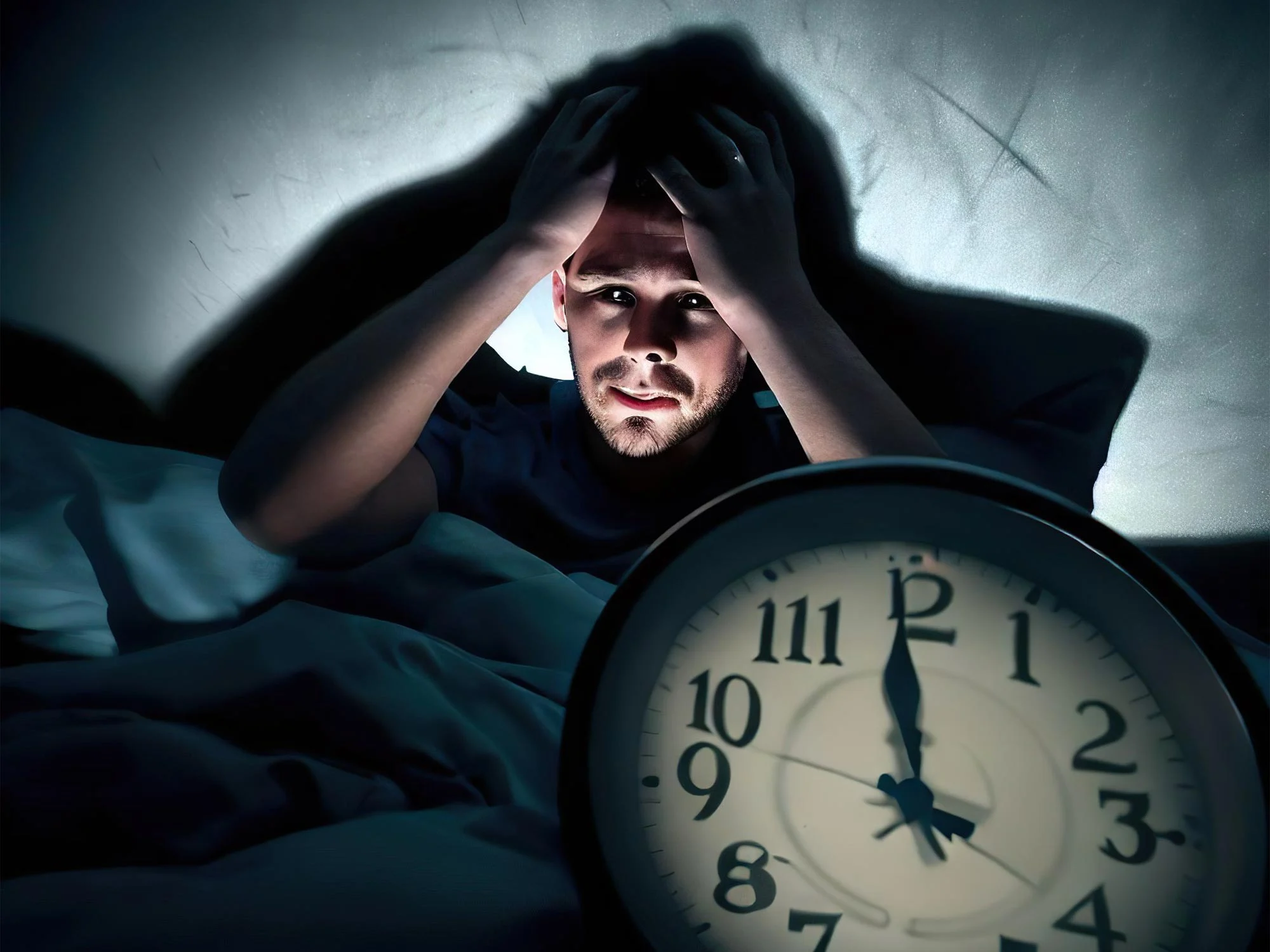When it comes to treating insomnia, two of the most common prescription medications are Zolpidem (brand name Ambien) and Zopiclone. Both medications are used to help people fall asleep faster and improve sleep quality, but how do they compare? Let’s dive into their effects, uses, side effects, and reaction times.
What Are Zolpidem and Zopiclone?
- Zolpidem: A sedative-hypnotic medication often prescribed to treat short-term insomnia. It works by slowing brain activity, making it easier for you to fall asleep. Zolpidem is available in immediate-release (to help you fall asleep quickly) and extended-release forms (to help you stay asleep longer).
- Zopiclone: Similar to Zolpidem, Zopiclone is also a non-benzodiazepine hypnotic drug used to treat insomnia. It promotes sleep by acting on specific receptors in the brain to induce a calming effect. Zopiclone is primarily used for short-term insomnia treatment.
Effects and Uses
- Zolpidem: Designed for short-term use, Zolpidem is highly effective in helping users fall asleep quickly—usually within 15-30 minutes. It is ideal for individuals who have trouble falling asleep at the start of the night.
- Zopiclone: This medication is also effective for inducing sleep, typically working within 30 minutes to an hour. It may be prescribed not only to help people fall asleep but also to reduce nighttime awakenings and improve overall sleep quality.
Side Effects
- Zolpidem: Common side effects of Zolpidem include:
- Drowsiness during the day
- Dizziness
- Headache
- Nausea
- Sleepwalking or performing activities while not fully awake (e.g., eating, driving)
- Zopiclone: Common side effects of Zopiclone are similar and include:
- A metallic or bitter taste
- Dry mouth
- Drowsiness the next day
- Dizziness
- Potential for dependency with long-term use
Reaction Time and Next-Day Effects
- Zolpidem: Zolpidem has a quick onset of action, helping users fall asleep rapidly. However, it has a relatively short half-life (about 2-3 hours), meaning the drug leaves your system relatively quickly, which can minimize next-day drowsiness. Despite this, some users may still experience grogginess or impaired motor skills the following morning, especially if they did not get a full night’s sleep (7-8 hours).
- Zopiclone: Zopiclone has a slightly longer half-life (about 5 hours), meaning it stays in your system longer. As a result, users are more likely to experience next-day drowsiness or sluggishness. This makes it important to ensure you have a full night of rest when taking Zopiclone.
Which One is Right for You?
Choosing between Zolpidem and Zopiclone largely depends on your specific sleep issues and how your body reacts to these medications. If you have trouble falling asleep, Zolpidem might be more appropriate due to its rapid onset and shorter duration in your system. On the other hand, if your insomnia involves frequent nighttime awakenings, Zopiclone could offer more consistent relief.
Both medications should be taken under medical supervision and for short-term use only to avoid dependency and adverse effects. Always consult your doctor before starting either medication, and never adjust the dosage without professional guidance.

